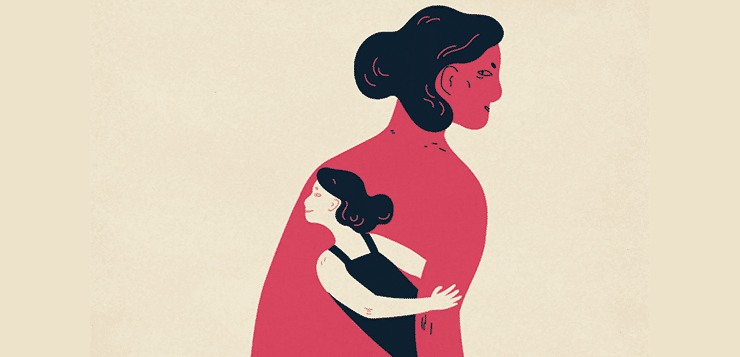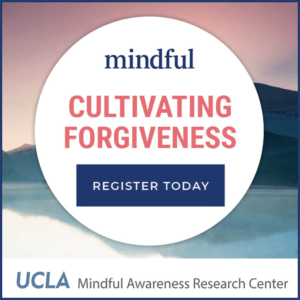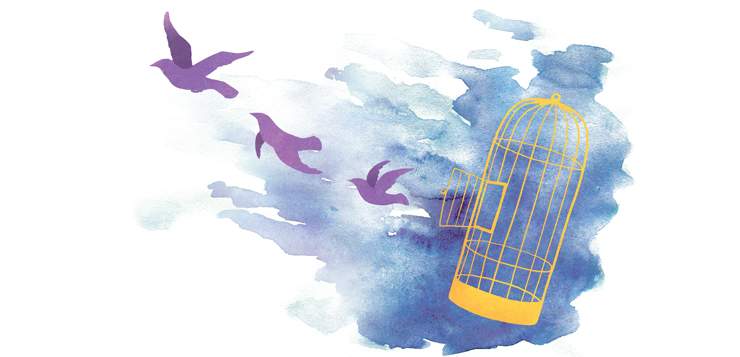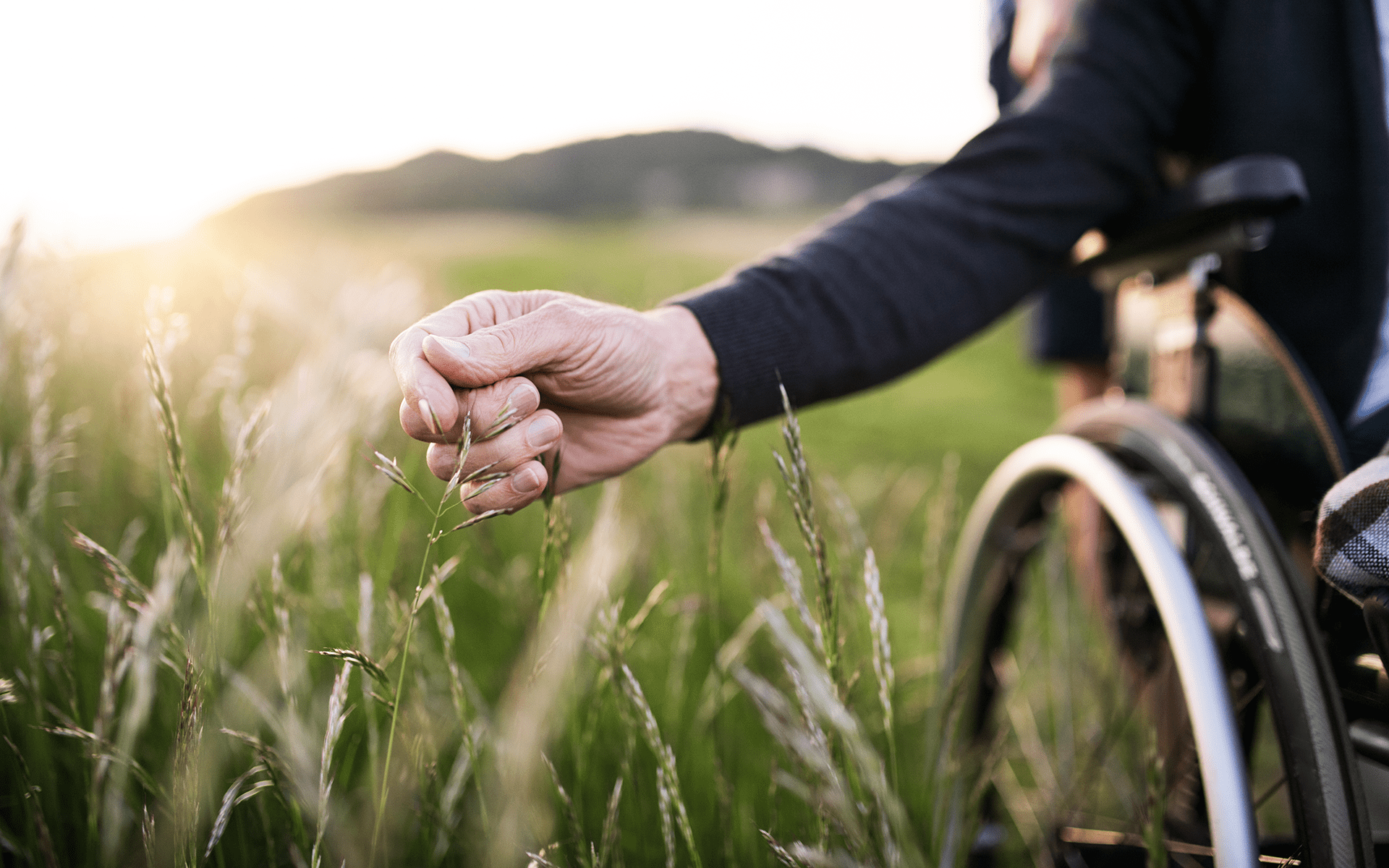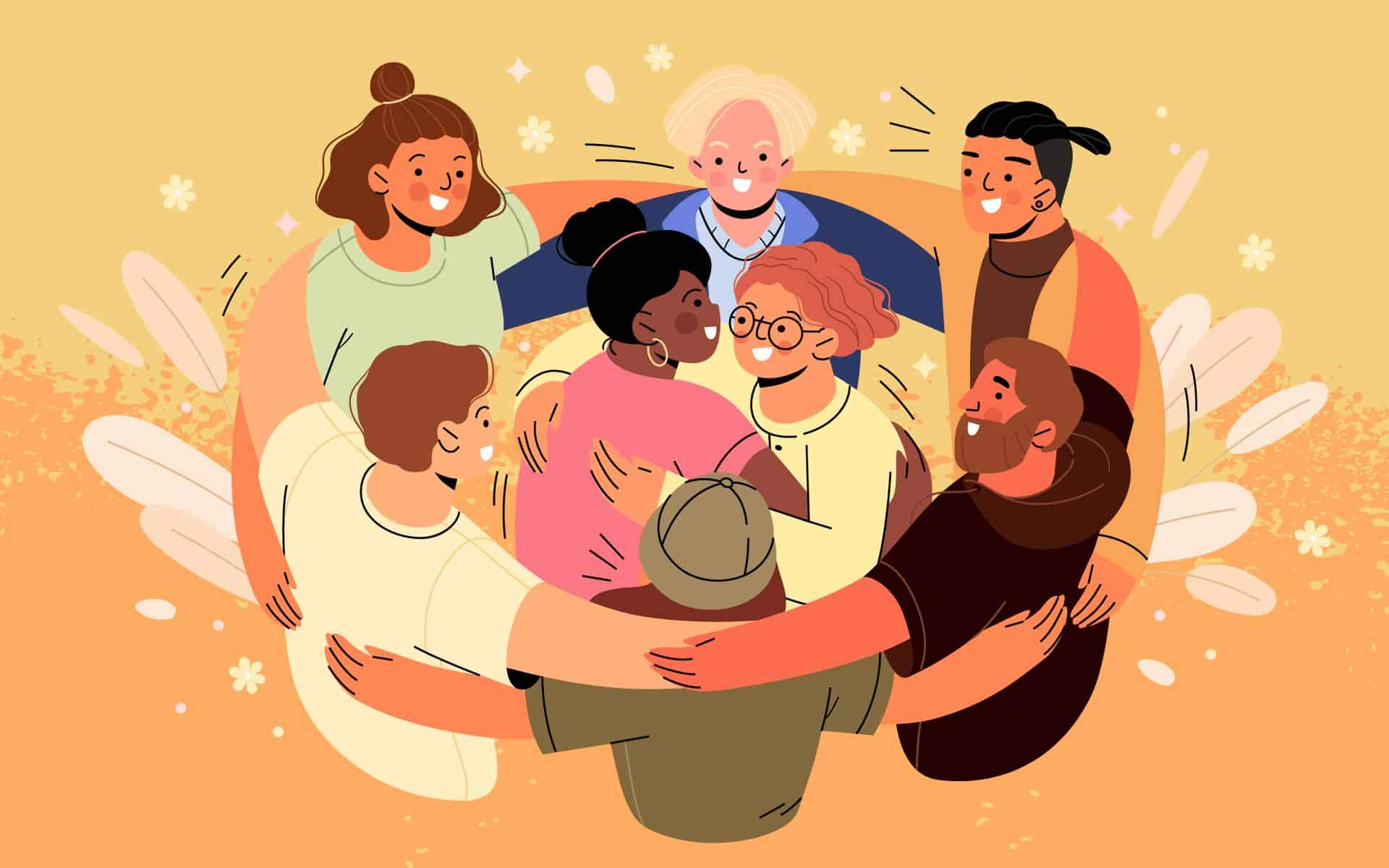Left to their own devices, our inner narratives or personal stories can easily lead us down a path of reactivity: we start blaming and shaming, and as a result, we are not able to move forward into compassion, understanding, and forgiveness of ourselves or others. Simply put: when we get stuck in our heads, weaving narratives, even after a simple squabble at home or work, it becomes more difficult to recover.
What gets in the way of forgiveness?
In order to begin the process of forgiveness, we need to embrace all our feelings with compassion and understanding. That’s why I say forgiveness is an inside job. How can we truly be forgiving to another if we are not able to forgive ourselves first? I often share with students and clients that we need to name and acknowledge our feelings to “tame” them. The practice of labeling your feelings helps create space between your emotions and your reactions so you can choose how you want to respond in the moment. A short practice you can incorporate when you notice you are having big feelings is this 10-minute meditation for working with difficult emotions.
Working with Difficult Emotions
Thoughts Aren’t Facts: Witness Your Narrative
Forgiveness is the decision to free ourselves from the personal offense and blame that keep us mired in a cycle of suffering. My friend and colleague Dr. Fred Luskin, author of Forgive for Good says, “While anger and hurt are appropriate, they, unlike wine, do not improve with age.”
We are often readier to forgive than we think — we just might not have access to the tools. Below are two mindful practices for self-forgiveness.
Two Mindful Practices for Self-Forgiveness
- Write a forgiveness letter.
For this practice, I invite you to write a forgiveness letter to yourself. Begin by writing on a piece of paper: Dear Self, I forgive you… Forgive yourself for all the times that you didn’t speak up, that you didn’t take good care of yourself, that you didn’t give yourself permission to name and claim what you want, that you didn’t hold healthy boundaries, that you didn’t say No, etc. - Create a loving phrase.
I find that if I am struggling to forgive myself or another, I bring in a loving phrase. You can try the one below, or create one that feels true to you. I am a loving person and deeply want the best for others. I forgive myself.
Forgiveness Has Layers
With these two practices we can discover that forgiveness has layers.
- The first layer of forgiveness is internal: letting emotions and thoughts surface, and witnessing them with kindness, in order to be able to let them pass and release the narrative we’ve held onto.
- The second layer of forgiveness is external: focusing on our experience of gratitude for the lessons we learn along the way.
- The third layer of forgiveness is internal and external: beginning to cultivate compassion toward ourselves and those we’re having difficult relationships with.
Forgiveness is a choice
The practice of forgiveness can feel totally counterintuitive sometimes. We think we find strength in our anger. But holding onto anger or resentment actually limits how we show up in the present because we are still feuding over the story. Forgiveness doesn’t mean forgetting or pardoning an offense. It means acknowledging the grievance and the feelings it creates, acknowledging that people are wounded, flawed, and messy—including myself, putting appropriate boundaries in place, letting go, and moving on.
We think we find strength in our anger. But holding onto anger or resentment actually limits how we show up in the present because we are still feuding over the story. Forgiveness doesn’t mean forgetting or pardoning an offense. It means acknowledging the grievance and the feelings it creates, acknowledging that people are wounded, flawed, and messy—including myself, putting appropriate boundaries in place, letting go, and moving on.
Forgiveness is a choice, it has a decisional quality to it. We can begin the practice of forgiveness by starting with ourselves and seeing how the motivation to forgive or not forgive can create increased or diminished resilience in one’s relationships.
Read More
Let It Go: 11 Ways to Forgive
11 simple ways to forgive, heal, and move on. Read More
Two Ways Forgiveness Helps You Through Tough Times
Why the best way to recover might be to let go. Read More
